
Review on Motherboard GIGABYTE B550I AORUS PRO AX (rev. 1.0) by Stanisaw Socha ᠌

I am delighted, the product is really worthy.
In my opinion the best Mini-ITX motherboard based on the B550 chipset. 8 power phases, great cooling. Pulls Ryzen 7 5800X without problems. The VRM zone heats up no higher than 60-65 degrees. And with the voltage lowered on the processor, it even stays around 50 degrees. I had to fiddle with running the RTX 3060 Ti through the riser in PCI-E 3.0 mode. On the previous motherboard from Biostar, with a video card connected via a riser, it was possible to enter the BIOS and change the bus version from 4.0 to 3.0. Gigabyte simply refuses to display the image. Therefore, before assembling a computer in a case, I recommend assembling it on an open stand, setting everything up, and then installing it in the case. Another disadvantage follows from this: if you suddenly screwed up with overclocking or for some other reason you need to reset the BIOS on the assembled computer, the image will disappear again. Ideally, you need to buy a riser with PCI-E 4.0 support. I was also a little confused by the application of liquid thermal pads. Taking the motherboard out of the box, I saw the squeezed out excess between the VRM heatsink and the power circuit chokes. I don't know if that's normal. I ordered it on the amazon at the NIKS store. Arrived in an open box, but I doubt that the store was somehow involved in the moment with thermal pads. I understand that the store just pasted its sticker on the motherboard. The order indicated that the revision was 1.0, but 1.1 arrived. Revisions are distinguished by a Wi-Fi module. In 1.0 there is Intel AX200, with which there were problems in earlier BIOS versions, and in 1.1 - AMD RZ608 (on the MT7921K chip). I wanted to install my Intel AX210, but I realized that for this I need to remove the entire cooling system, so I didn’t bother.
- Illumination with OpenRGB support. 8 power phases. Cooling VRM, chipset and SSD. Two slots for SSD.
- Issues with the PCI-E 3.0 riser. Difficulties with replacing the Wi-Fi module. Excess liquid thermal pads.
New products
Comments (0)
Top products in 🧰 Computer Internal Components
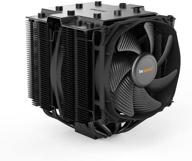
🌬️ Silent Cooling Power: Dark Rock Pro 4 CPU Cooler with 250W TDP, BK022

134 Review
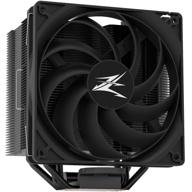
Zalman Performa Performance Powerful Included

172 Review

Unleash High-Performance with AMD Ryzen 5 3600XT Processor & Wraith Spire Cooler

223 Review
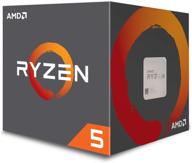
🔋 Power Up Your Gaming Rig with AMD Ryzen 5 2600 Processor with Wraith Stealth Cooler - YD2600BBAFBOX

116 Review
Another interesting products
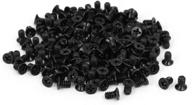
uxcell 3.5" HDD Screw Black 200pcs for Computer PC Case - Flat Phillips Head - 6#-32 - Hard Drive Fasteners

10 Review

36-Pack Black Rubber PC CPU/Case Fan Screws/Rivets Set for Computer

11 Review

Comprehensive 500pcs Laptop Screw Kit Set for 🔩 IBM HP Dell Lenovo Samsung Sony Toshiba Gateway Acer

12 Review
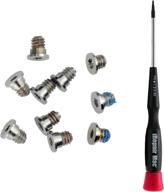
MacBook Retina 13-inch (A1425, A1502) and 🔩 15-inch (A1398) Bottom Case Screw Set with Pentalobe Screwdriver

11 Review

